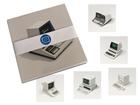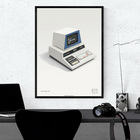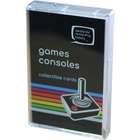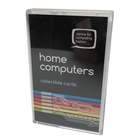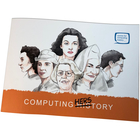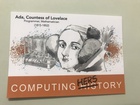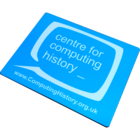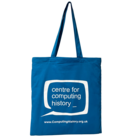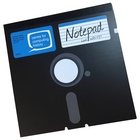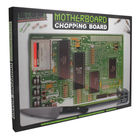Key Stage 4
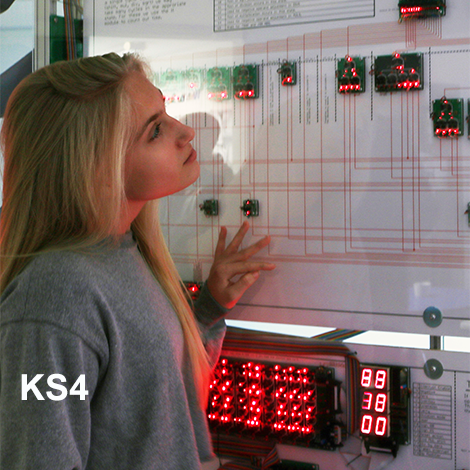
"Our Centre is perfect for the growing number of students studying Computing at GCSE." Dr Anjali Das, Head of Learning at The Centre for Computing History |
|
|
This section will provide you with information about:
|
 |
Learning at the CentreWhatever the age of our visiting students, there are characteristics of the Centre that benefit all young people. Context - An opportunity to see the history and development of Computing in the context of specific computers, applications and the real world problems they were utilised to help solve. Challenging - A unique environment that raises tough questions and issues, presenting difficult concepts through demanding applications. Content - A museum with a first class collection as evidence of one of the greatest developments of a technology that has ever been known. Knowledge - Truly remarkable examples of the growth of a technology, amazing developments building on the achievements of what came before. Sensory - A place to touch the past, hear its sounds and feel history coming alive again. |
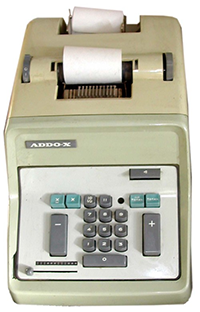 |
Supporting the Computing CurriculumA young person's experience of the Centre supports the whole curriculum, personal development and learning skills. However we have focused our attention on the contribution made to Computing at Key Stage 4 and in particular those studying GCSE Computing. A visit to the Centre will support, reinforce and extend a student's knowledge and experience of the following: |
 |
|
Algorithms and programming Our workshops directly support the development of programming, an experience of a new programming language, controlling devices and more. Groups may choose to work with the Raspberry Pi coding in Python or step back to the 1980s and experience a command line user interface with BBC BASIC. The megaprocessor offers an opportunity to see programming at a low level as instructions are fetched from memory and executed. |
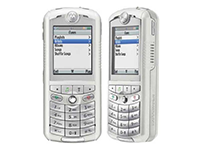 |
|
Systems architecture The common characteristic of all the computers in the collection; Von Neumann architecture, role of the CPU, fetch execute cycle, registers, arithmetic logic unit. Common components and their development over time, such as memory and backing store. Boolean Logic as the building block of the processor. The three generations and their core components; valves, transistors, integrated circuits. |
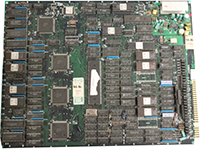 |
|
Data types The Centre's collection focuses attention on the means by which we store information in the computer. The difference between main store and backing store through time. How capacity has been increased but size reduced. Binary representation of data inside the computer. How do we store numbers - integers, floating point etc. How do we store graphics characters, sound and video? |
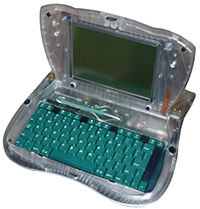 |
|
Systems software From early days, how have we controlled the computer? Examples on show include switches and the Command Line Interface The emergence of the graphical user interface and the mouse. Utility software. |
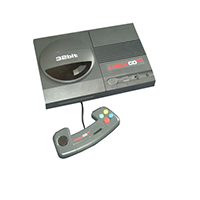 |
|
Impact on Society The collection on display points to our earliest desire for machines to help us with calculation. Calculators from the abacus through mechanical devices to the electronic calculator. Early machines were dedicated to processing problems in mathematics and science. How did this lead to the rise of the personal computer and what impact did that have on our relationship with this technology? When did games become an application for a computer and what impact did the computer have on entertainment and leisure in society? |
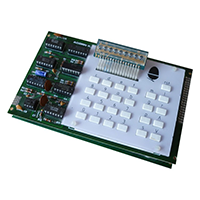 |
|
The Centre for Computing History is proud to support schools and colleges delivering a curriculum which is working to achieve a world-leading education for all young people in science, technology, engineering and mathematics |
 |

